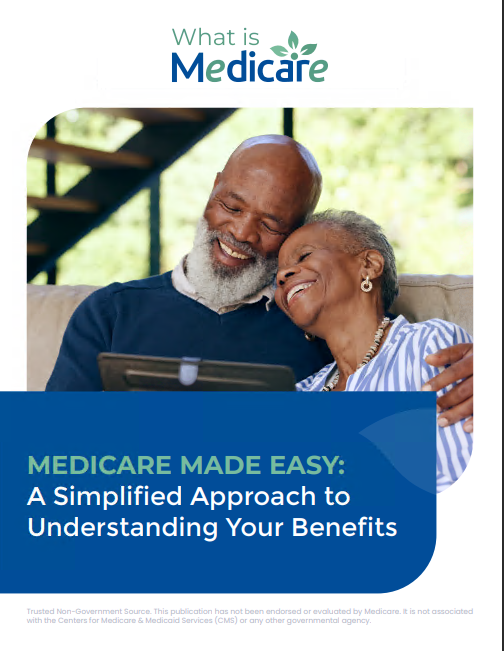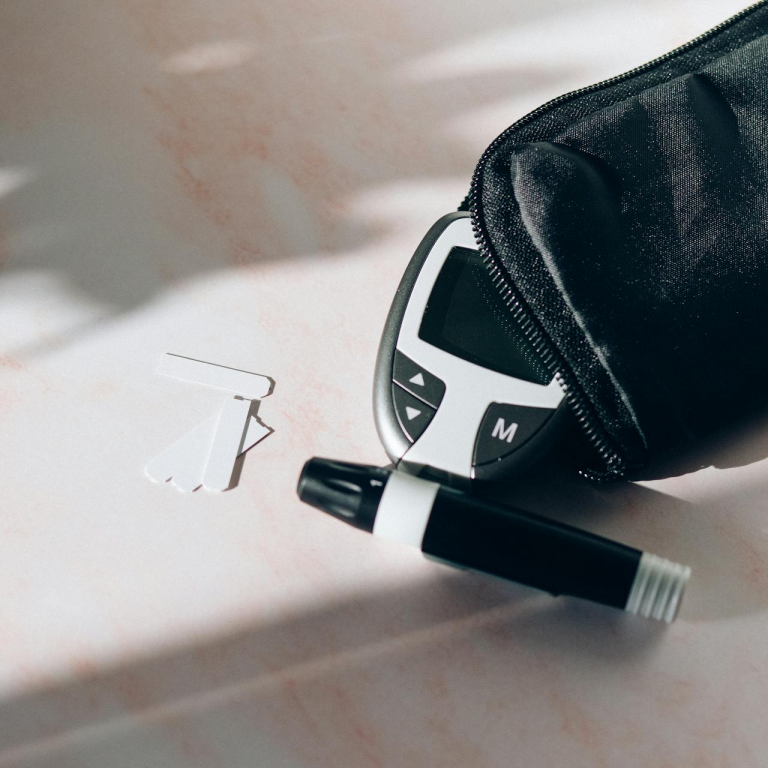Key Takeaways:
- Medicare Part D can significantly reduce out-of-pocket costs for prescription medications, making essential drugs more affordable.
- Understanding the ins and outs of Medicare Part D is crucial for maximizing your benefits and minimizing prescription expenses.
Need Help with Prescription Costs? Here’s How Medicare Part D Can Make Your Life a Little Easier
Prescription medications can be a significant financial burden, especially as we age and require more treatments. Medicare Part D is a federal program designed to help reduce these costs by offering prescription drug coverage to those who are eligible. Whether you’re new to Medicare or simply looking to better understand your options, knowing how Medicare Part D works can make a world of difference in managing your healthcare expenses.
Struggling with Prescription Costs? Let’s Talk About Medicare Part D
Prescription costs can quickly add up, especially if you’re managing multiple health conditions. Many people find themselves cutting corners or skipping doses because of the expense, which can lead to serious health complications. Fortunately, Medicare Part D is designed to ease this burden by providing coverage for prescription medications. If you’re finding it hard to keep up with the cost of your prescriptions, Medicare Part D might be just what you need.
Medicare Part D is an optional benefit for those who are enrolled in Medicare. It helps cover the cost of prescription drugs, including many that are commonly prescribed to seniors. Plans are offered by private insurance companies approved by Medicare, and they vary in terms of coverage, costs, and the specific drugs they cover. However, the basic goal of all Part D plans is the same: to make prescription drugs more affordable.
How Can Medicare Part D Help with Your Medications?
Medicare Part D can be a game-changer for anyone struggling with the high cost of prescription drugs. Once you enroll in a Medicare Part D plan, you’ll have access to a range of medications at a reduced cost. These plans typically cover both brand-name and generic drugs, and they include a formulary, which is a list of covered medications. Each plan’s formulary is different, so it’s important to choose a plan that covers the drugs you need.
When you have a Medicare Part D plan, you’ll pay a share of the cost of your prescriptions, but this amount is usually much lower than if you were paying out of pocket. The plan pays a portion of the cost, which can make a huge difference if you’re taking expensive medications. Some plans also offer additional savings, like discounts at certain pharmacies, which can help you save even more.
Understanding the Basics of Medicare Part D Coverage
Before diving into Medicare Part D, it’s essential to understand how the coverage works. Medicare Part D plans have a few common features, although the specifics can vary from one plan to another. First, there is a monthly premium that you pay to have the plan. The amount of this premium can vary depending on the plan you choose and where you live.
In addition to the premium, there may be other costs, such as an annual deductible. This is the amount you pay out of pocket before your plan starts to share the cost of your medications. Once you’ve met your deductible, you’ll typically pay a copayment or coinsurance for each prescription. The amount of this copayment or coinsurance can depend on several factors, including whether the drug is generic or brand-name and whether it’s on the plan’s formulary.
One key aspect of Medicare Part D coverage is the “coverage gap,” sometimes referred to as the “donut hole.” This is a temporary limit on what the drug plan will cover for your drugs. Not everyone will enter the coverage gap, but if you do, you’ll likely pay more out of pocket for your medications until you reach a certain limit. After that, you enter what’s called “catastrophic coverage,” where your plan will cover most of the cost of your drugs for the rest of the year.
Finding the Right Plan: Tips for Navigating Medicare Part D
Choosing the right Medicare Part D plan is crucial because it can directly affect your out-of-pocket costs and the medications that are covered. Here are some tips to help you navigate your options:
-
Review the Formulary: Each Medicare Part D plan has a formulary, which is a list of covered drugs. Make sure the plan you choose covers the medications you take. Some plans may have different tiers, with lower copayments for generic drugs and higher copayments for brand-name drugs.
-
Consider the Costs: Besides the monthly premium, take into account the deductible, copayments, and coinsurance. Some plans may have lower premiums but higher deductibles and copayments, so you’ll need to balance these costs based on your medication needs.
-
Check the Pharmacy Network: Many Medicare Part D plans have a network of pharmacies where you can fill your prescriptions at a lower cost. If you have a preferred pharmacy, make sure it’s included in the plan’s network.
-
Look for Extra Benefits: Some plans offer additional savings, such as mail-order options, which can be convenient and cost-effective.
-
Evaluate the Plan’s Star Rating: Medicare rates Part D plans based on customer service, member complaints, and other factors. A higher star rating can indicate better service and member satisfaction.
What to Expect When You Sign Up for Medicare Part D
Signing up for Medicare Part D is a straightforward process, but it’s important to understand the timing and steps involved. The first opportunity to enroll in Medicare Part D is during your Initial Enrollment Period (IEP), which begins three months before you turn 65 and ends three months after the month you turn 65. If you don’t sign up for Part D when you’re first eligible, you may have to pay a late enrollment penalty if you decide to enroll later.
You can also sign up during the Medicare Open Enrollment Period, which runs from October 15 to December 7 each year. During this time, you can join a new Medicare Part D plan, switch from one plan to another, or drop your Part D coverage entirely. If you decide to make a change during this period, your new coverage will start on January 1 of the following year.
It’s worth noting that if you have other credible prescription drug coverage, such as from an employer, you might not need a Medicare Part D plan. However, if you lose that coverage or it changes, you’ll have a Special Enrollment Period (SEP) to join a Medicare Part D plan without a penalty.
Saving on Prescriptions: Medicare Part D Could Be the Answer
Medicare Part D is specifically designed to help you save money on prescription medications, but the amount you save can depend on a variety of factors, including the specific drugs you take and the plan you choose. Here are a few strategies to maximize your savings:
-
Choose Generic Drugs: Whenever possible, opt for generic versions of brand-name drugs. Generics are typically much cheaper and are covered on most Medicare Part D formularies.
-
Use Preferred Pharmacies: Some plans have preferred pharmacies where you can get your prescriptions at a lower cost. Check your plan’s pharmacy network to find a preferred pharmacy near you.
-
Take Advantage of Mail-Order Services: Many Medicare Part D plans offer mail-order services, which can be convenient and may offer savings on a three-month supply of your medications.
-
Ask About Medication Therapy Management (MTM): Some plans offer MTM programs for members who take multiple medications or have certain health conditions. These programs can help ensure you’re taking your medications safely and effectively, which can save you money in the long run.
Get the Most Out of Your Medicare Part D Benefits
Once you’ve enrolled in a Medicare Part D plan, it’s important to take full advantage of the benefits. Keep track of your medications and be aware of any changes to your plan’s formulary each year. Reviewing your medications annually can help you catch any changes to the cost or coverage of your prescriptions.
Additionally, be proactive about your health by scheduling regular checkups and talking to your doctor about your medications. If a medication you’re taking is expensive, ask if there are more affordable alternatives. Your doctor may be able to prescribe a generic drug or suggest a different treatment option.
Another way to maximize your Medicare Part D benefits is to stay informed about any new programs or changes to Medicare. The Medicare landscape can change, and staying informed will help you make the best decisions for your health and finances.
Ready to Lower Your Prescription Costs? Here’s How to Get Started
If you’re ready to lower your prescription costs, the first step is to review your Medicare Part D options. Use the tips and information provided to find a plan that fits your needs and budget. Remember, you can make changes to your plan during the Open Enrollment Period, so it’s a good idea to review your coverage annually to ensure you’re getting the best value.
Take advantage of the resources available to you, including the Medicare Plan Finder tool on the official Medicare website. This tool can help you compare plans based on the medications you take and other factors, like costs and pharmacy networks.
Don’t hesitate to reach out for help if you need it. Licensed insurance agents can provide guidance and answer any questions you may have about Medicare Part D. By taking the time to explore your options and choose the right plan, you can reduce your prescription costs and make managing your health a little easier.
Making the Most of Medicare Part D
In conclusion, Medicare Part D can be a valuable resource for anyone looking to save on prescription drug costs. By understanding how the program works and carefully choosing a plan that meets your needs, you can make your healthcare more affordable and accessible. Remember to review your plan annually and take advantage of any extra benefits or savings opportunities. With the right approach, Medicare Part D can help you manage your medications without breaking the bank.
Contact Information:
Email: [email protected]
Phone: 4145552345










